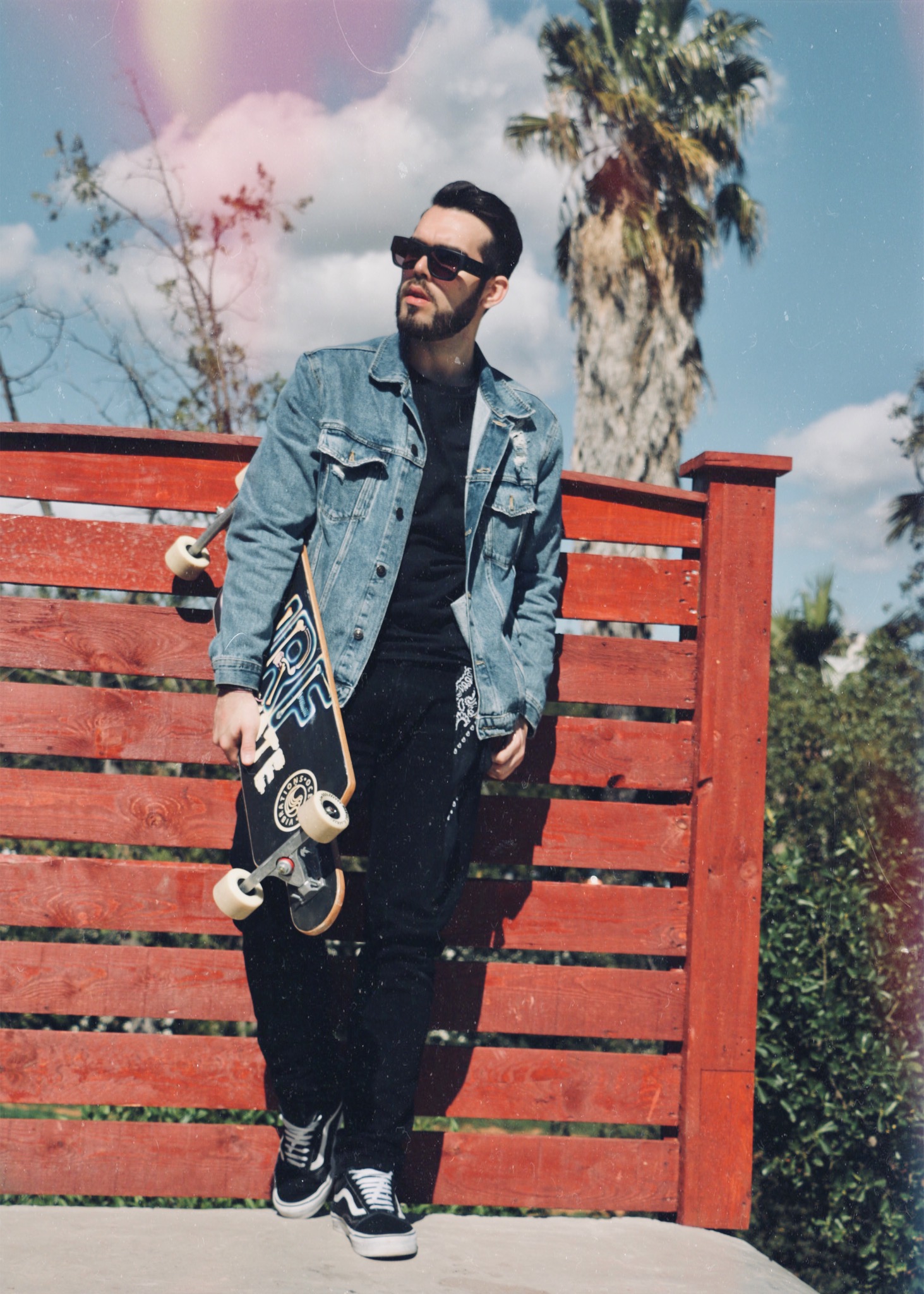How To Wear The Skate Look
If you had any lingering doubt that 1990s street culture was back, the rise of skatewear into mainstream fashion should put the matter to rest. Because suddenly it’s everywhere. The skateboarders who Anna Wintour would have once ushered away from the steps of the Palais de Tokyo have been invited inside to model what hangs in their own wardrobes, albeit reimagined at 10 times the price.
Skate has always had a hard-bitten aesthetic, equal parts protective and anti-authoritarian. Thick twill trousers are robust enough to prevent concrete shredding too much skin, while a hoodie shields the face from cameras when skating where you shouldn’t. And though practicality remains a long way down most designers’ lists of concerns, it is as obsessed with the underground as ever. What it means for you and me is that some of the most comfortable and hard-wearing threads you can buy also happen to be the most fashionable. What it doesn’t mean is that Tony Hawk is the new Don Draper.
The Rise Of Skatewear
Before we get to the rules, it’s worth stating that while brands have adopted skatewear in part as a way to lend bank balance-draining clothes some much-needed authenticity, the look’s surge is not entirely cynical. In the late 1980s, the boom in VCRs turned a niche sport into a global movement, as kids were suddenly able to share tapes of their favourite skaters.
Those kids have long since hung up their decks. But they are now at the age when increased spending power and nostalgia meet. They work in places where a suit seems out of place and they want clothes that are stylish but comfortable. They want trousers with a little more room, shirts with a softer handle, even if they’re being tested in a co-working space rather than on a flat bank.
They also share taste with the new heads of many design houses. Gosha Rubchinskiy, for example, centres his shows around the crew he sessions Moscow’s streets with. Meanwhile, Vetements and Balenciaga boss Demna Gvasalia and streetwear obsessive Kim Jones at Louis Vuitton have both spearheaded collaboration with skate OGs Supreme. These men – and they are almost universally men – are channelling their own and their customers’ love of skate culture into garments that reimagine and upgrade what kids have always worn on their boards.
All of which makes the ‘skater look’ an odd thing: at once a blatant cash-in and a genuine expression of a subculture that has influenced streetwear since the 1960s. It also means that any man can steal the look. Even if you can only heelflip in a video game.
Hoodies
If you can’t (or at least don’t) skate, then co-opting the full Palace look smacks of desperation. “Wear the pieces that are a natural fit for you,” says Giles Farnham, head of River Island’s Style Studio. Hoodies are a skate staple, and this cultural cache means they can be used to nod to the aesthetic even if you don’t know your Eric Koston from your Eric Clapton.
Skate Shoes
The grip tape that forms a buffer between foot and board is like sandpaper. Its endless rubbing and scuffing means skaters value shoes that are affordable and hardwearing, since they’re only going to get battered anyway.
Logo T-shirts
True streetwear is simple. Because it was cheap, brands tended not to experiment too far outside staples: hoodies, sweatshirts, caps and T-shirts. Distinctiveness came not from the cut, but from branding, which meant oversized logos and knowing spins on more established iconography.




